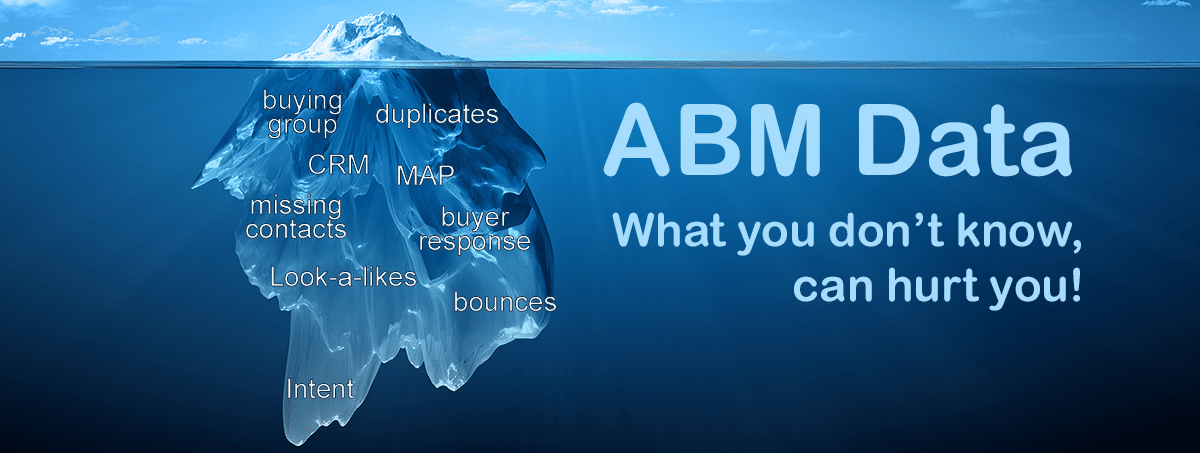The ABM Paradox
There have never been more ways to communicate with audiences, yet actual attention has become increasingly elusive.
Among a proliferation of point solutions, what’s missing is the ability to collect and normalize data across sales and marketing programs and channels, and to resolve those data against a persistent view of each target account and buying role. Without this, marketing will never connect to measured interaction or revenue impact. Rather, it will exist primarily to pursue channel-based marketing objectives based on volume and miss the opportunity to stimulate target audience pipeline.
The ABM Data Foundation
To achieve this, marketers primarily need strategy and technology with focus to aggregate and normalize large datasets spanning multiple channels, make sense of less-than-fully-structured data, and align all that data against a persistent recognition of individuals within target accounts.
This isn’t panacea, this is the reality. No marketer has ever said that their marketing data rocks, but they should!
Once this first-party world is appropriately shaped, third-party data becomes increasingly valuable.
This approach contradicts a lot of todays’ tribal knowledge. Marketers are tolde to ignore the state of their first party environment and instead grab value by adding outside data to the equation. Whether firmographic, technographic, intent or predictive analytics, the value of any of these solutions can only be amplified after a proper first party data foundation is in place:
- How do you know which contacts you need if your CRM and Marketing Automation aren’t first aggregated and deduped? A lot of marketers can save a lot of money on this one!
- How valuable is Intent Data if you can’t first see target audience needs and timing in your first party data?


